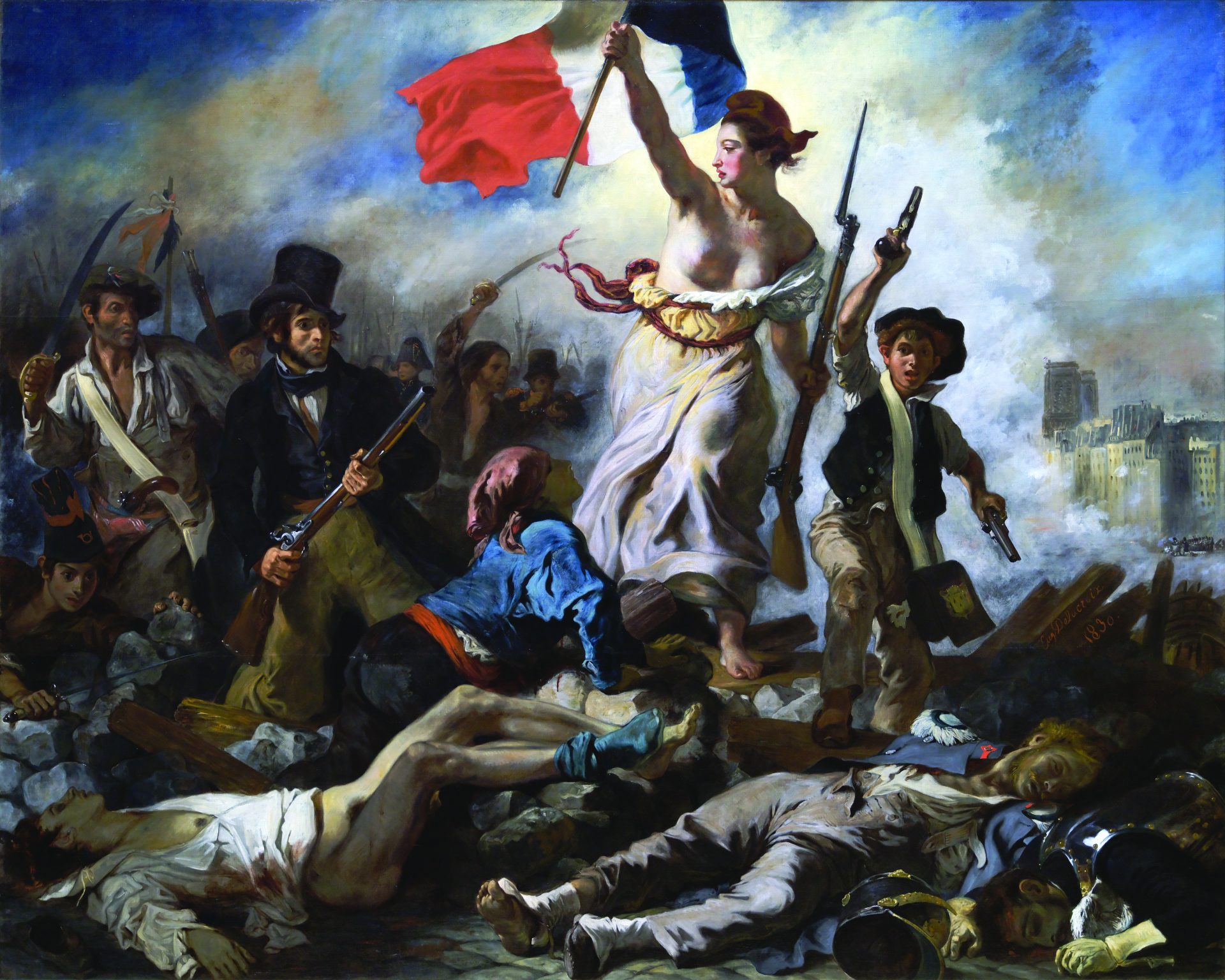Once dubbed a “sadistic moralist” by Newsweek, Michael Tolkin has been spinning tales about the ethically challenged in film (Deep Impact, The New Age, and The Rapture) and on the page (Among the Dead and Under Radar) for the past twenty years. But it was his memorable debut novel, The Player (1988), which he adapted for the screen with Robert Altman in 1992, that put him on the literary map. The eponymous player is Griffin Mill, a soon-to-be-fired studio executive who turns to murder after a frustrated, unproduced screenwriter starts sending him anonymous, threatening postcards. In a writerly manipulation worthy of Patricia Highsmith, the reader hopes Griffin not only gets away with murder but wins the dead man’s girl. The Player garnered Tolkin literary and screenplay awards and won a Golden Globe for best picture. In his new novel, The Return of The Player (Grove Press), Tolkin revisits his protagonist twenty years later. At fifty-two, a fatalistic Griffin is convinced the apocalypse is near. The father of three children from two failed marriages, he longs to buy a safe haven for his family in the South Pacific, but the $6 million remaining in his savings is not nearly enough for a private island. He partners with a mysterious aspiring billionaire and wagers everything on a multimillion-dollar idea. Tolkin and I spoke in July about the seductive nature of Hollywood and the spiritual and literary forces that have influenced his particular brand of morality.
—KERA BOLONIK
BOOKFORUM: The Return of the Player is the first sequel you’ve written either as a book or a screenplay. Why did you decide to revisit the Hollywood studio executive Griffin Mill?
MICHAEL TOLKIN: I hadn’t thought of Griffin for a while, and then a friend of mine was describing someone we knew as being “broke.” He didn’t mean “broke” in the way a mortal means “broke.” It was a whole different level. I chewed that over, and one day I had the opening sentence, and then the book. The more I worked on the novel, the more I turned it into a story about family and desperation and away from whatever I might have been expected to do with a sequel to The Player. I didn’t want to write another Hollywood novel.
BF: Is Griffin modeled after any particular Hollywood luminary?
MT: The thing that may surprise readers is that it wasn’t anyone in Hollywood. The model was Elliott Abrams (who served as the special assistant to the first President Bush and was a senior director on the National Security Council). I watched Abrams when he testified during the Iran-Contra hearings: He had his elbow on the desk, and he was resting his chin in his palm, his fingers touching his cheekbone—he gave the appearance of deep satisfaction and a supremacy above the law. So I became interested in what had happened to guilt, which has gone over time from the Dostoyevskian moral dilemma to the Freudian neurotic dilemma to something else now. That something else became the focus for the book.
BF: Do you usually start your stories with an inquiry?
MT: Yes. The big question Among the Dead asks is what happens when your grief is socially unacceptable. During the first two months after 9/11, I thought that this country was really capable of emotional depth. I was also aware that something was unfolding that was not unlike what I’d written about. After two months, people started talking about lawsuits, and the whole thing degenerated into a pattern that was almost exactly what I depicted in Among the Dead: People latch on to the money and to the lawsuit as a way of avoiding the agony.
BF: Did entertainment-industry people presume you were sending them up when The Player was first published?
MT: There were a couple of executives who claimed that they were Griffin. At the time, I didn’t think it was necessary to point out the Elliott Abrams connection.
BF: Griffin reminds me of Patricia Highsmith’s Tom Ripley. Is Highsmith one of your literary influences?
MT: Definitely, especially on The Player—Highsmith and James M. Cain. The narrative voice in The Talented Mr. Ripley convinced me I could probably write a novel. When I read Ripley, I felt I had finally found a writer whose thought patterns neared my own. The premise of The Player actually started as a joke. I was thinking about all the unproduced writers in LA and imagined a studio executive killing them and getting away with it. Initially, I thought of making the exec a serial killer, but when I got to the first murder, I had absorbed enough Highsmith to know I was on the path to something more serious and so decided to stick with just one.
BF: In the new novel, Griffin finally comes clean on killing screenwriter David Kahane. He got away with murder in The Player, but now he confesses to his ex-wife June, Kahane’s surviving girlfriend. Why?
MT: I wanted to structure the book around his coming clean on everything. I understood that his inability to stay with June was as much his guilt over Kahane as any other reason—it was too much pressure for him. The Edith Wharton epigraph that opens The Return of the Player shapes the novel: “What the American public always wants is a tragedy with a happy ending.” It’s not there idly or as a joke. She’s quoting W. D. Howells, who is referring to a failed dramatization of The House of Mirth. I think he is speaking in the broadest sense, and that’s the truth of America.
BF: What was it like collaborating with Robert Altman on the screenplay for
The Player?
MT: I was kind of surprised that I was able to write the first draft of the screenplay quickly because I didn’t expect to find a solid story—there is so much of an internal psychological process going on with the characters. And in Altman’s fashion, he tinkers with it. At his best, what he does is not unlike jazz. But if you look at the first draft of the script compared with what was finally shot, while there are a lot of differences, the movie is essentially the same as the book.
BF: You had a period of Jewish renewal, too.
MT: Yes. I’d been raised a Reform Jew, and there was a period of five or six years between writing Among the Dead and Under Radar when I went to synagogue almost every Saturday. I became a Wexner Heritage Fellow in Los Angeles through the Wexner Foundation for Jewish leadership, which was a very intense two-year course. I went through the Torah cycle for a couple of years. Under Radar reflects that period of my life. The prison chapter is my version of what I went through—there are dozens of little references and analogies to the Old Testament and the Talmud. Regarding morality—when you’re writing a sermon, you try to hold yourself up as an example. When writing a novel, I don’t have to hold myself up as an example. I’m not writing with the intention of shining a light on some certain path. Instead, I’m interested in what happens when you face the limits of what you know in a social universe and then have to face the consequences of your actions.
BF: You are one of the few writers who is successful as both a novelist and a screenwriter. Is one medium harder to work in than the other?
MT: Well, I have no unpublished novels and a number of unproduced screenplays [laughs]. The novel has no budget, and you can have anything you want in it. In the four novels I’ve written, the idea as it came to me was too complicated and too rich for a screenplay: too many characters, and too much about something that I’m not sure that a movie can be about. When the movie of The Player came out on film, I got this idea that there’s a kind of ur-version of the story that exists independently of its form—the movie isn’t an adaptation of the book but rather a separate way of telling the same story. But you just don’t have the language in a screenplay. I was revising an adaptation of Ray Bradbury’s The Martian Chronicles, and I’d been working on it for a while before I realized that the characters are too self-reflective. I’m going through the script cutting out every single self-referential thing a character says because it slows everything down and it makes them seem weak. In a book, you can obviously have a character think about things.
BF: Do you like Hollywood?
MT: Yes. Hollywood is interesting because it’s really primitive and basic. When I first arrived here, it didn’t take me long to see the ecclesiastical, monarchical battle in the industry being played out—television felt like the church and the movies like the courts. I felt like I understood that Shakespeare didn’t need to know anything more than show business to understand rivalry, envy, and feelings of failure.






